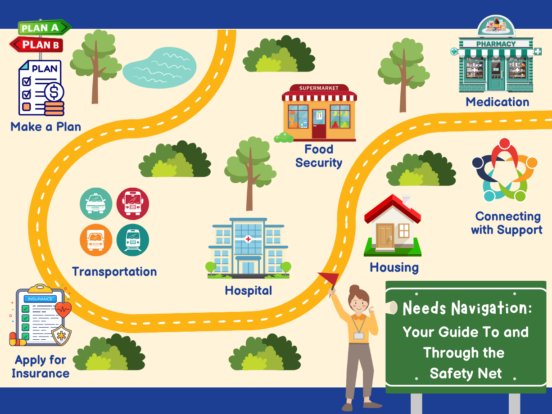

Insurance is full of loopholes – here are the top ones to avoid
With ever-tightening networks, convoluted jargon and hidden benefits, insurance can feel impossible to navigate. Here are some common loopholes we see that prevent patients from getting affordable, accessible care.
By Caitlin Donovan
Knowing ahead of time that there are some loopholes to avoid is the first step towards saving money and time. You can avoid these common pitfalls by taking your time and asking questions at each step.
- Is everyone in network?
Anytime you get any type of procedure or service, check to make sure everyone you’ll see is in-network. For instance, if you’re having a planned surgery, check on the surgeon and the anesthesiologist (they’re usually tricky to pin down). Remember, too, that there will be out-of-network providers at in-network facilities, so never assume. Come January 1, 2022, out-of-network providers and facilities will have to give you 72 hours that they fall into this category and provide you with a reasonable cost estimate.
2 Is every place in network?
Make sure your facility is in-network, otherwise you may get charged exorbitant out-of-network rates and facility fees. Evaluate whether any irregularities in your procedure may prompt the need for other providers or services. For instance, if your giving birth, does the hospital have a NICU or will the baby need to be taken to a different facility if any complications occur? A hospital without a NICU may be less expensive, but that could quickly change in an emergency.
As with providers, you should receive 72 hours notice if a facility isn’t in-network. However, at 72 hours to go, for something like labor & delivery, you may not have enough time to switch. Going through these steps ahead of time is the best way to protect yourself.
3 Would the same procedure – by the same provider – cost less at a different location?
Yes, you know that a hospital location will cost more than an office, but sometimes if a hospital has bought your provider’s practice, that same procedure may switch from “office” to “out-patient” with much higher costs.
4 Balance billing costs you twice
All of these out-of-network bills are potential ways for a provider to send you a balance—or surprise—bill, but that’s not the only financial hit you’ll take. None of those costs will count towards your deductible, so you’re essentially paying it twice. Starting January 1, 2022, you should be able to avoid “surprise bills,” with the exception of ground ambulances and non-emergency care provided in urgent care facilities (I know, it’s complicated) but before you sign your consent to pay, remember the financial consequences will hit you twice.
5 Therapies vs “symptomatic therapies”
Here’s something nobody would ever know to check for in their insurance coverage: your insurer will cover a therapy for your condition, but they may exclude “symptomatic therapies,” which is care that only treats the symptom, rather than the disease. For instance, if you have multiple sclerosis, your insurer may deny coverage to a therapy that helps maintain your ability to walk by claiming immobility is a symptom rather than the disease.
6 Preventative vs diagnostic
Insurers are required to require certain services at no out-of-pocket cost to the patient, like an annual wellness exam and certain cancer screenings. However, if the provider sees something, like a polyp during a colorectal screening test, removals may switch to a diagnostic billing code and you may be charged.
7 Your insurance may not really be insurance
Yes, you may pay a monthly fee and have a contract assuring you that you’ll be covered, but it may not be insurance. Short-term plans and “sharing ministries” don’t have to extend preexisting condition protections and may try to rescind your coverage just when you need it most. They may also introduce financial caps to how much they’ll cover, and these type of plans rarely end up being financially worth the risk.


